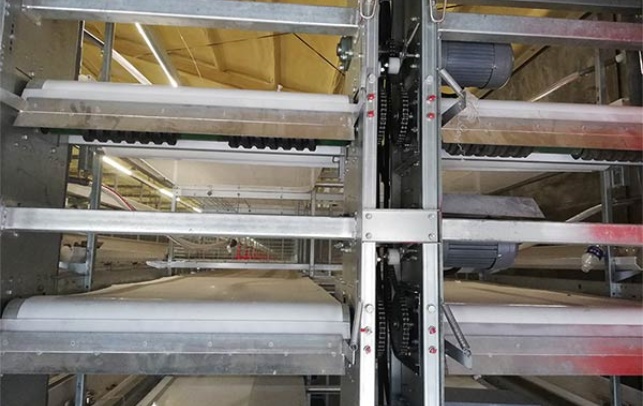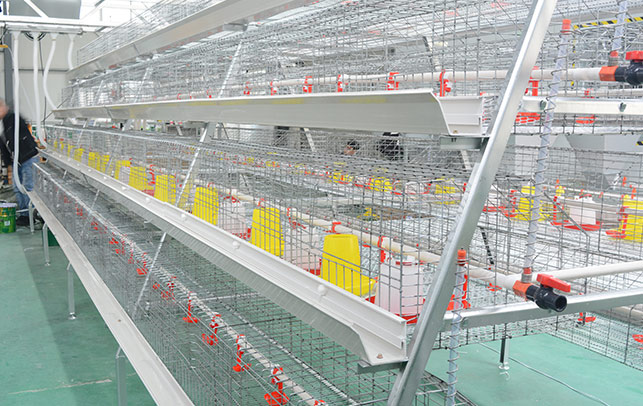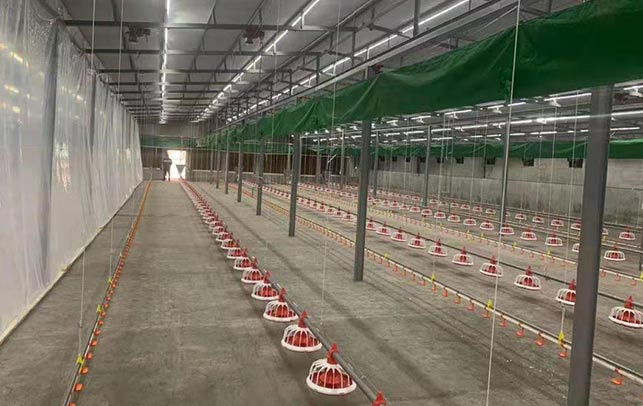The Cost of Poultry Farming in Kenya: A Comprehensive Guide
Time : 2025-05-14
Have you ever thought about starting a poultry farm in Kenya? Poultry farming is one of the most lucrative businesses in the country, and with the right approach, it can be very rewarding. However, one of the first questions that often come to mind is: what does it cost to start a poultry farm in Kenya? In this article, we’ll delve into the various factors that contribute to the cost of poultry farming in Kenya, helping you to make informed decisions as you plan your venture.
Understanding the Basics
Poultry farming is the rearing of domesticated birds for meat or eggs. In Kenya, the most common species reared are chickens, ducks, turkeys, and guinea fowls. The cost of poultry farming can vary greatly depending on several factors, such as the scale of operation, the breed of birds, the location, and the management practices.
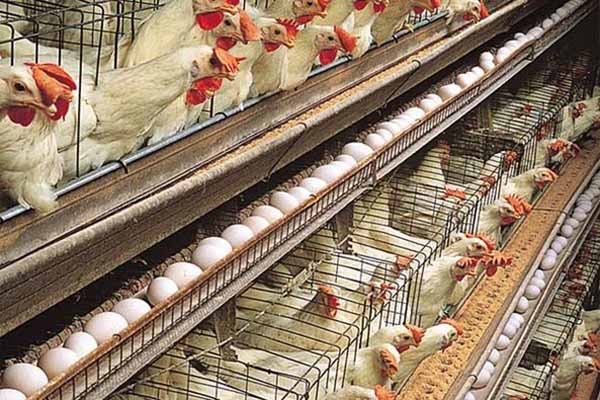
Capital Investment
The initial capital investment required to start a poultry farm in Kenya can be quite substantial. Here are some of the key components of the capital investment:
1. Purchase of Land
First and foremost, you need to acquire a piece of land. The size of the land will depend on the scale of your operation. A small-scale poultry farm may require a few hundred square meters, while a large-scale farm could need several acres.
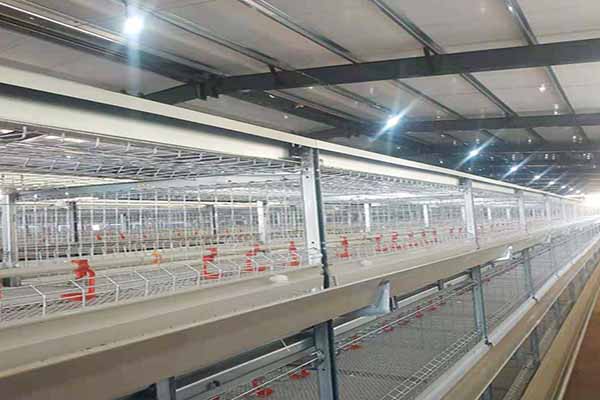
2. Construction of Poultry Houses
The next step is to build or purchase poultry houses. These structures provide a safe and controlled environment for the birds to live and grow. The cost of constructing poultry houses will depend on the size, design, and materials used. It’s important to note that the cost of construction can vary significantly across different regions in Kenya.
3. Purchase of Birds
The cost of purchasing chicks or adult birds can be quite substantial. In Kenya, chickens are the most common species reared for both meat and eggs. The price per chick can vary depending on the breed, age, and source of supply. On average, you can expect to pay between KSh 50 to KSh 100 per chick.
4. Feeds and Supplements
Feeds and supplements are crucial for the growth and development of poultry. The cost of feeds will depend on the type of feed, the breed of birds, and the size of your operation. In Kenya, you can expect to spend between KSh 100 to KSh 200 per bird per month on feed.
5. Water Supply and Management
Access to clean water is essential for the health and productivity of poultry. You will need to invest in water tanks, pipelines, and other water management systems. The cost of water supply can vary depending on the source of water and the size of your operation.
6. Vaccination and Health Management
Vaccination and health management are critical for keeping your poultry healthy. The cost of vaccines, medications, and other health-related expenses can vary significantly. It’s important to work with a veterinarian to develop a comprehensive health management plan.
7. Other Costs
In addition to the above expenses, you should also factor in other costs such as transportation, insurance, and marketing. The total capital investment required to start a poultry farm in Kenya can range from a few hundred thousand to several million Kenyan shillings, depending on the scale of your operation.
Operational Costs
Once you’ve started your poultry farm, you’ll need to budget for ongoing operational costs. Some of the key operational costs include:
1. Feeds and Supplements
As mentioned earlier, feeds and supplements are a significant part of the operational costs. It’s important to ensure that you purchase high-quality feeds to optimize growth and productivity.
2. Water and Energy
Water and energy costs, including electricity and gas for heating and cooling, can be substantial. Implementing energy-efficient practices and systems can help reduce these costs.
3. Labor
Labor costs, including wages for workers and other labor-related expenses, should be budgeted for. Depending on the scale of your operation, you may need to hire permanent workers or contract laborers.
4. Health Management
The cost of vaccination, medication, and other health management measures should be budgeted for. It’s important to prioritize the health of your birds to ensure a high yield of meat and eggs.
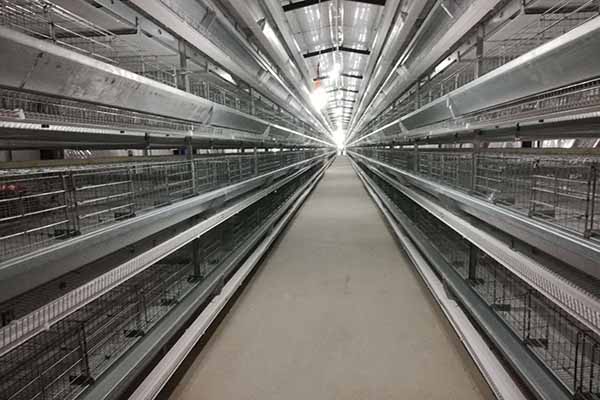
5. Marketing and Distribution
Marketing and distribution costs are crucial for selling your poultry products. Investing in a strong marketing strategy and establishing reliable distribution channels can help you increase sales and profitability.
Conclusion
Starting a poultry farm in Kenya can be a rewarding venture, but it’s important to understand the costs involved. By carefully considering the various factors that contribute to the cost of poultry farming in Kenya, you can develop a comprehensive business plan and increase your chances of success. Remember to consult with experts, conduct thorough market research, and stay up-to-date with industry trends to ensure the sustainability of your poultry farm.






